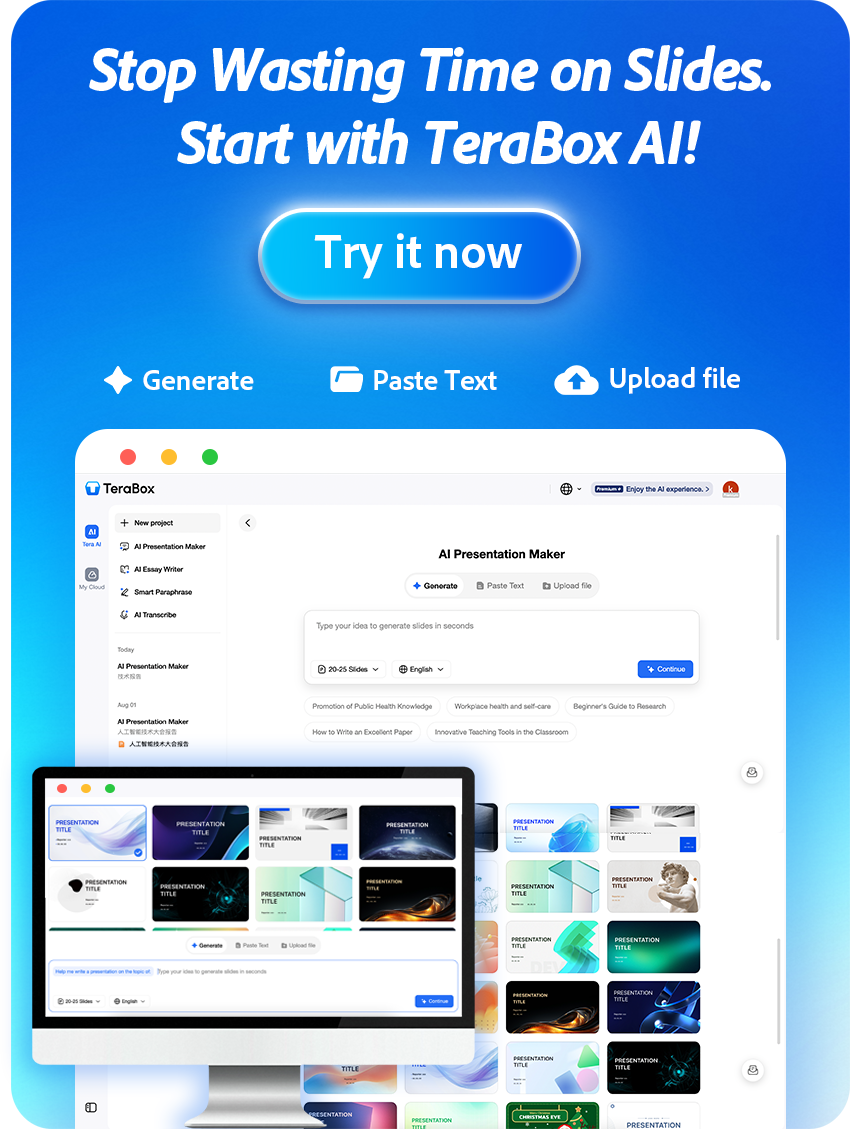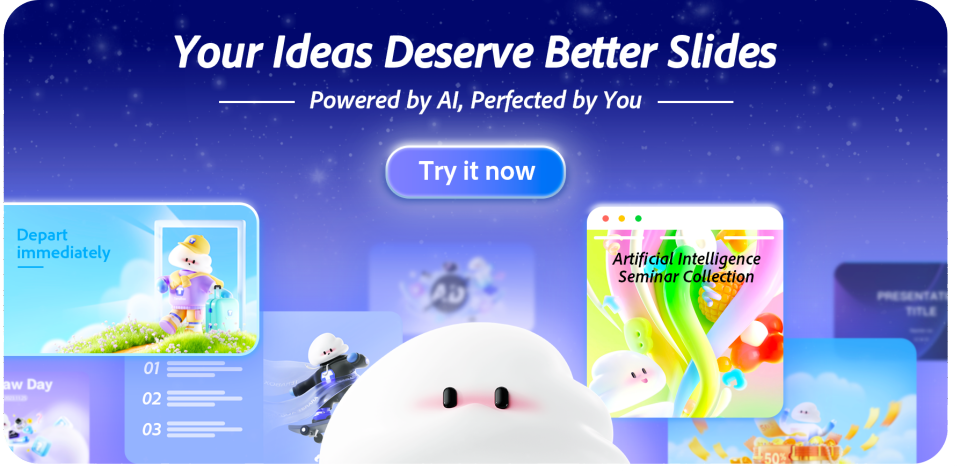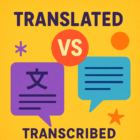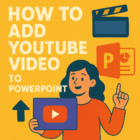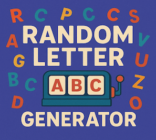In today’s fast-paced digital landscape, creators and small businesses need fast, high-quality methods for content creation that actually save time and improve results. An AI post generator is a powerful tool that streamlines ideation and writing so you can produce polished posts and media without lengthy drafts. With a free ai poster generator or post generator at your fingertips, you can convert a short prompt into ready-to-use social media posts, blog excerpts, or marketing copy in seconds—for example, create an Instagram caption and matching image in under a minute.
By leveraging advanced AI technology, you can consistently produce posts that resonate with your audience and fit each platform’s format. Read on to find the best free ai post generator tools, learn practical steps to use them, and get tips to make AI-generated content feel distinctly like your brand.
The growing demand for fast, high-quality content creation is clear: audiences expect frequent, relevant posts across blogs and social media, and many creators and small businesses can’t keep up with the pace. AI content tools are answering that need by turning brief ideas into full drafts and formatted posts, speeding up production while preserving consistent brand voice and tone.
Tools like an AI post generator are changing how people write and design posts — writers can start from a one-line prompt instead of a blank page, and designers can generate matching visuals with a free ai poster generator. For example, a freelance marketer can produce a LinkedIn post and a matching Instagram caption in one workflow, or a creator can iterate five caption ideas to A/B test in minutes. These changes reduce writer block and let teams focus on strategy and audience engagement rather than repetitive drafting.
Below you’ll find practical benefits and quick steps to get started — from saving time to boosting creativity — so you can choose the right post generator and make AI work for your content goals.
Why Use an AI Post Generator?
An AI post generator delivers two clear advantages: it saves time and it boosts creativity. These tools automate repetitive parts of the writing process so you can produce more posts in less time without sacrificing quality. For many creators and small teams, that means turning a single idea into multiple usable assets—captions, short posts, and draft blog intros—much faster than writing each piece from scratch.
Beyond speed, AI tools stimulate creativity by offering fresh ideas and variations you might not have considered. That helps overcome writer block and keeps your content calendar full. Modern post generator tools are increasingly free and user-friendly, so people without design or copywriting experience can generate consistent, engaging content for blogs and social media. The result is a steady stream of posts that match your brand’s voice and drive audience engagement.
Want to test the time savings? Try a free plan and generate several caption and image options for a single campaign—many users can create five caption ideas and a matching visual in just a few minutes. If it saves you even a few minutes per post, the cumulative time reclaimed can be significant—so try a template or free trial to see the impact for your marketing workflow.

Key Features of the Best Free AI Post Generator
The best free AI post generators pack several practical features that help you produce consistent, platform-ready content quickly. These tools turn short prompts into multiple post variations, provide multi-platform formatting, allow easy customization of tone and voice, and often include built-in visual tools so you can create matching images or posters without switching apps.
1) Instant Idea Generation: Turn short prompts into complete posts.
Enter a one-line idea like “5 tips for remote work” and the generator can return a ready social post, an outline for a blog intro, or several caption options. This instant idea generation accelerates your workflow and helps overcome writer’s block—great for producing multiple posts from a single concept.
2) Multi-Platform Compatibility: Create posts for blogs, Instagram, or LinkedIn.
Choose the export format—LinkedIn post, Instagram caption, or blog snippet—and the tool reformats length, hashtags, and structure to match the channel. Example micro-workflow: enter a topic, select “linkedin post” and “professional” tone, then generate a publish-ready post in seconds.
3) Customization Options: Adjust tone, style, or image format easily.
Most generators let you set tone (professional, casual, witty), adjust length, or swap keywords to match your brand voice. Use these options to produce posts that sound like your team — for instance, toggle from “friendly” to “authoritative” and regenerate to compare variations.
4) Integrated Visual Tools: Many tools also act as a free AI poster generator.
Several free post generators include image or poster features so you can pair text with visuals sized for social media. Generate a headline, pick a template, and export an Instagram-sized image or a LinkedIn-friendly graphic — though note that some free tiers limit exports or apply watermarks, so check limits before scaling.
How to Use an AI Post Generator Step-by-Step
Using an AI post generator streamlines your content creation process by turning a simple idea into multiple ready-to-publish assets. Follow these clear steps to get reliable results quickly and make the most of free tools and templates.
1) Choose your preferred AI post generator free tool.
Pick a tool that matches your needs—look for templates, export formats, and whether it includes image generation. Tip: if you mainly publish on LinkedIn, prioritize tools with a strong “linkedin post” format or export option.
2) Enter your topic or idea prompt.
Type a concise prompt like “5 tips for working remotely” or “product launch announcement.” Practical tip: include the desired length or target audience in the prompt (e.g., “short caption for busy professionals”).
3) Select post type — blog, caption, or image post.
Choose the output format: blog draft, social media caption, or a media post with visuals. Example: select “caption” for Instagram, “linkedin post” for LinkedIn, or “blog” for a longer draft—this ensures the generator applies the right structure.
4) Customize the tone or visuals.
Adjust tone (professional, casual, witty), voice, and any visual options like image size or template. Tip: toggle tone settings and regenerate 2–3 variants to choose the best fit for your brand voice.
5) Generate and refine the content before publishing.
Generate several options, then refine: proofread, confirm facts, add branded CTAs, and optimize headlines for SEO if relevant. Quick refinement checklist: 1) accuracy, 2) brand voice, 3) CTA, 4) hashtags/keywords, 5) image sizing. Micro-CTA: try a free template to see how many seconds it takes to generate a caption plus image—most tools produce results in seconds.
Use Cases: What You Can Create with AI Post Generators
AI post generators unlock practical, time-saving outputs across roles and channels — from long-form drafts to shareable visuals. Below are concrete use cases showing what you can create and short examples to help you start.
For Bloggers: Generate full SEO-optimized blog drafts.
Use the post generator to produce a structured blog draft with a headline, intro, subheads, and suggested meta description. Example: input “benefits of remote work” and get a draft titled “5 Benefits of Remote Work for Productivity” with an SEO-friendly intro and keyword suggestions to speed up the editing process.
For Marketers: Create catchy ad copy and visuals.
Marketers can quickly produce ad headlines, short social captions, and accompanying images sized for campaigns. Example workflow: generate three ad copy options, pick the best, and export a campaign image — perfect for launching timely promotions and maintaining message consistency across media.
For Designers: Turn ideas into shareable posters or infographics.
Designers can convert concepts into finished media posts or infographics using built-in templates and image generators. Example: provide key data points and get a polished 1080×1080 Instagram graphic or a printable poster layout — then tweak colors and icons to match your brand.
For Social Media Managers: Automate daily post creation.
Social media managers can automate a week’s worth of posts, generate variations for A/B testing, and format content for each channel (e.g., captions for Instagram, longer copy for LinkedIn). This helps maintain a steady publishing rhythm and frees time for community engagement and strategy.
Comparison: Free vs Paid AI Post Generators
Choosing between free and paid AI post generators affects your content strategy, budget, and workflow. Free tools typically cover the basics—simple templates, a limited number of monthly credits, and built-in prompts—so they’re ideal for occasional posts, quick caption ideas, or solo creators who want to save time without a steep learning curve.
Paid generators add advanced features that matter for volume and team workflows: priority credits or unlimited usage, advanced customization (SEO optimization, tone controls, and longer-form outputs), analytics and performance tracking, collaboration and approval flows, and higher-quality image exports or video tools. These enhancements can meaningfully speed up production for businesses and marketing teams working at scale.
Decision guidance: if you publish sporadically or need basic social media posts, a free post generator or tool can be enough; if you need consistent, high-volume posts, integrated SEO, or multi-user collaboration, consider a paid plan. Check for free trials and compare the limits (exports, watermarks, API access) so you have the information to choose the right option and avoid unexpected updates to pricing or feature sets.

Best Practices for Using an AI Post Generator Effectively
To get the most from a post generator, treat AI as a creative assistant—not a final publisher. Always proofread and personalize AI-generated content to match your brand and audience: check facts, refine phrasing, and add a clear call-to-action so each post drives the intended response.
Use detailed prompts and simple constraints (tone, length, target audience) to improve output quality. For example, prompt: “Short LinkedIn post, professional tone, audience: product managers” will produce more useful drafts than a vague request. Combine AI-generated visuals from a free AI poster generator with small manual edits (color tweaks, logo placement) to make media posts feel unique.
Quick checklist before publishing: 1) Proofread for accuracy and clarity, 2) Ensure tone/voice match your brand, 3) Add or refine CTA, 4) Optimize headline and keywords for SEO if relevant, 5) Confirm image sizing and remove any watermarks. Do A/B tests on social media captions to see which variations drive engagement; don’t publish without a final human review.
Recommended Free AI Post Generator Tools
Several trusted free tools make it easy to generate posts and media without a steep learning curve. Below are 4 platforms—each with a short note on what makes it useful and the ideal use case so you can pick the best fit for your content needs.
Jasper — Strong for writing-focused workflows: Jasper offers powerful text generation, good tone controls, and templates for blog intros, captions, and ad copy. Best for creators who primarily need polished text and SEO-optimized drafts.
Writesonic — Fast multi-format output: Writesonic generates blog drafts, social captions, and short ad copy quickly and includes handy presets for social media posts. Best for marketers who want quick variations and A/B testable caption options.
Simplified — All-in-one content + visuals: Simplified pairs text generation with built-in image and video templates, making it effectively a media post generator for social media. Best for small teams or solo creators who need combined text + visuals in one workflow.
PlayPlay & Piktochart — Visual-first tools: PlayPlay excels at creating short videos and visual templates; Piktochart is ideal for infographics and data-driven visuals. Both work well when your focus is on media posts and high-impact visuals rather than long-form copy.
| Tool Name | Key Features | Best For |
|---|---|---|
| Jasper | Advanced text generation, tone presets, SEO templates | Bloggers, Content Writers |
| Writesonic | Fast caption generators, ad copy, multi-format exports | Marketers, Social Media Managers |
| Simplified | Text + image templates, social scheduler, collaboration | Small Teams, Creators |
| PlayPlay / Piktochart | Video templates, infographic & poster creation, visual customization | Designers, Visual Marketers |
Try free plans or trials side-by-side to compare export formats, watermark policies, and monthly limits—that will reveal which post generator fits your volume and quality needs. As a quick test, pick one topic and generate a LinkedIn post, an Instagram caption, and a matching image to evaluate each tool’s output and user experience.

Common Mistakes to Avoid
1) Relying completely on AI without review. Many users publish AI-generated posts verbatim, which risks factual errors, awkward phrasing, or off-brand messaging. Fix: always run a human review—check facts, align the CTA, and confirm the final tone before posting.
2) Ignoring tone consistency or branding. If each post sounds different, your audience may lose trust. Fix: create a short brand voice guide (preferred tone, key phrases, banned words) and apply it as a quick edit pass to every AI-generated post.
3) Overusing keywords, reducing readability. Keyword stuffing can make posts sound robotic and hurt engagement. Example: over-optimized sentence — “Buy the best affordable shoes online buy cheap shoes now”—vs. human-smoothed version — “Discover affordable, high-quality shoes that fit your style.” Fix: aim for natural language, sprinkle targets into headlines and meta where they help SEO, and prioritize clarity for readers.
Conclusion
AI post generators can genuinely transform your content creation workflow: they help you save time, produce more consistent posts, and scale your content strategy without sacrificing quality. Used correctly—as a creative assistant rather than a full replacement—these tools let writers, marketers, and social media managers quickly produce drafts, captions, and visuals that you can refine to match your audience and brand message.
Separately, for readers preparing presentations: a great paper presentation topic blends originality, clarity, and audience relevance. Explore both general and technical paper presentation topics to find the best fit for your field and your audience’s interests. Combining a strong topic with clear structure and practiced delivery will make your presentation stand out.
Final action: try one of the recommended free ai post generator tools or download a simple checklist/template (topic → prompt → generate → refine → publish) to test how much time you can save. Small experiments—generate a LinkedIn post, an Instagram caption, and a matching image—will quickly show the practical value for your marketing and content efforts.
